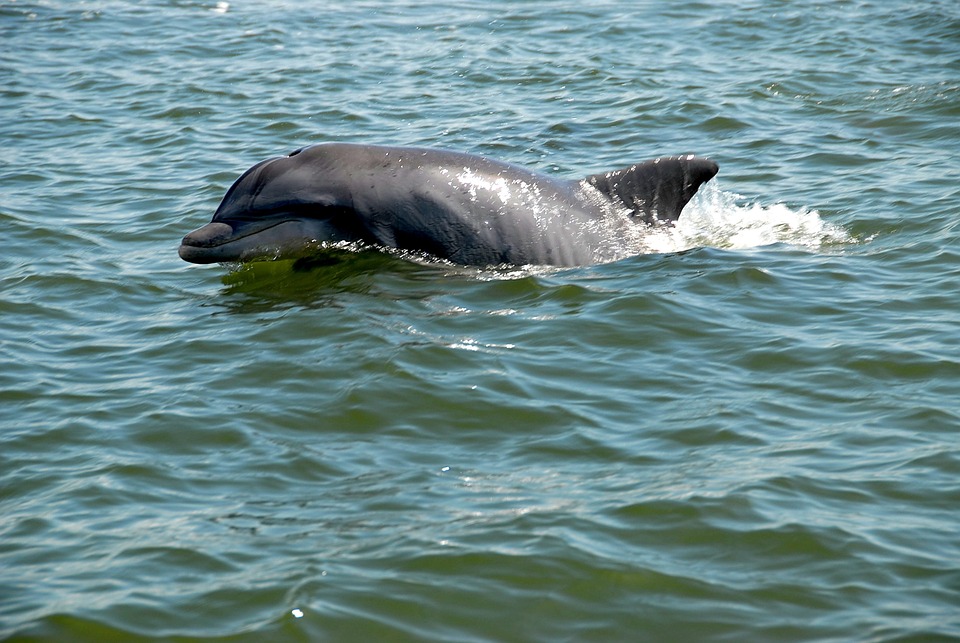Fish behavior during breeding rituals is a fascinating subject that captures the attention of fish enthusiasts and researchers alike. In this article, we will explore the different stages of fish breeding behavior, the signals and displays they use to attract mates, and the environmental factors that influence their reproductive behavior.
The first stage of fish breeding behavior is courtship. During this stage, potential mates engage in a series of displays and actions to attract each other. Fish may exhibit vibrant colors, fin flaring, tail wagging, or rhythmic swimming patterns to entice a mate. For example, male guppies showcase their colorful tails to females, while bettas perform elaborate displays of fin spreading and flaring.
The next stage is spawning, which refers to the act of releasing eggs by the female and fertilizing them with male sperm. Some fish, like cichlids, create nests or pits where eggs are laid and guarded. Many fish species release eggs and sperm simultaneously into the water, relying on external fertilization. On the other hand, certain fish, such as some species of cichlids, carry fertilized eggs or newly hatched fry in their mouths until they are ready to swim freely.
After spawning, some fish exhibit parental care by protecting and nurturing their eggs or fry. Parents guard the nest, chase away potential predators, and ensure the optimal environmental conditions for their offspring’s survival. Fish may follow various brood care strategies, such as mouthbrooding, nest-guarding, or fanning the eggs with their fins to increase oxygenation.
Several environmental factors play a crucial role in influencing fish breeding behavior. Water parameters, such as temperature and water quality, are important considerations. Different fish species have specific temperature requirements for breeding, and maintaining the correct temperature range is crucial for successful breeding. Additionally, high water quality, including appropriate pH levels, ammonia, and nitrate levels, promotes healthy breeding behavior. Lighting conditions can also influence breeding behavior, as some fish are sensitive to changes in light intensity or duration.
The tank setup is another important factor to consider. Providing sufficient space and suitable hiding spots in the aquarium encourages natural breeding behavior and reduces territorial disputes. The presence of plants and structures imitating natural habitats helps create a sense of security and triggers breeding instincts. Adjusting water flow patterns to simulate natural currents can mimic the conditions necessary for certain fish species to breed.
To help fishkeepers understand their fish’s readiness to breed, there are a few indicators to look out for. Physical changes, such as vibrant colors or enlarged bellies in females, can be signs that fish are ready to breed. Observing courtship behavior, including chasing, fin flaring, or nest building, can also indicate readiness for breeding. It is important to research the specific behaviors and signs exhibited by your fish species before attempting to breed them.
Not all fish lay eggs; some give birth to live fry. These fish are known as livebearers and include guppies, mollies, and swordtails. The diet of breeding fish should consist of a varied diet consisting of high-quality flakes, pellets, frozen or live foods to ensure proper nutrition during breeding. The time required for fish eggs to hatch varies depending on the fish species and environmental conditions, ranging from a few days to several weeks. Separating the breeding pair from other tank mates can reduce stress and prevent aggression towards eggs or fry, but it depends on the specific fish species and their compatibility.
In conclusion, understanding fish behavior during breeding rituals is essential for fishkeepers who wish to create optimal conditions for successful reproduction. By observing the stages of courtship, spawning, and parental care, as well as considering environmental factors, fish enthusiasts can foster a favorable breeding environment for their tank fish. Thorough research and careful observation of each fish species’ unique behavioral patterns and requirements are key to successful breeding in captivity.









